Three Fringe NL Central Prospects Assigned to the AFL
*College stats taken from thebaseballcube.com, minor-league stats taken from fangraphs.com and MLBfarm.com
—
Last week, Baseball America released their Arizona Fall League (AFL) rosters. For those not familiar with the AFL, read more here. In short: each August, all 30 MLB clubs select six players from their minor-league rosters to participate in the fall league. While the minor-league playoffs wrap up toward the end of September, the AFL serves as a domestic developmental league starting in October.
The AFL is prestigious, bringing together some of the top minor-league talent each year. Aside from well-known names, organizations tend to also invite rising prospects who have flown under the radar. Although these NL Central prospects have gotten little public hype, their recent numbers have impressed enough to earn an invite to the AFL, making them intriguing names to watch in the coming months.
Barrett Astin – RHP 6’1” 200, Blue Wahoos (Reds AA), Age: 24 (Video)
Astin had a strong 2012 season as a closer during his sophomore year at the University of Arkansas, helping a well-staffed Razorback team to the College World Series. However, he started all five of his appearances in the Cape Cod league that off-season, where he posted an underwhelming 6.23 K/9 and 2.91 BB/9 through 21.2 IP. He went back to college to find himself in the rotation for the majority of the year, though scouts questioned his durability as a starter as he continued to struggle to go deep into games, going more than 6 IP in only one start. He was signed in the 3rd round in the 2013 draft at slot value by the Brewers, soon being dealt to the Reds for Jonathan Broxton a year later.
Despite being omitted from MLB.com’s top 30 Reds prospects this season, the Reds chose to send Astin to the AFL after having an impressive season in AA alternating between the bullpen and the rotation. In 103.1 IP, he posted an 8.39 K/9 (his career high) with a 2.18 BB/9 and a strong 65.02 GB%, numbers that would play well at hitter-friendly Great American Ball Park. His ERA sits at 2.26, which is best in the Southern League and roughly 40% better than the league’s average ERA. His low BABIP (.246) and high LOB% (78.9%) may lead to some regression when it comes to run prevention, but FIP still has him pegged at an above average 3.37. His 11 starts have yielded similar peripherals to his numbers from out of the bullpen. However he still showed durability issues, only averaging 5.1 IP/GS this year.
The question is the same now as it was the day he was drafted: can he stay a starter? Considering the Reds have Homer Bailey, Anthony DeSclafani, and possibly Cody Reed solidified in the rotation with prospects Amir Garrett and Robert Stephenson expecting to be in the rotation as well, my guess is that Astin’s ticket to the big leagues will be as part of the relief corps for the Reds. His inability to show consistent stamina and his better numbers against righties than lefties (all 8 HR allowed this year have been off of lefties) all indicate he is better suited as a bullpen option. Considering the Reds’ well documented bullpen problems this year, Astin could have his MLB debut with a rebuilding Reds team sometime next year if all goes well. His AFL stint should give a good indication on which direction he is trending heading into his 25th birthday.
James Farris – RHP 6’2” 210, Smokies (Cubs AA), Age: 24 (Video)
Another participant in the 2012 College World Series, Farris started and pitched seven innings in Arizona’s World Series-clinching win. He was drafted in the 15th round by the Astros after a below-average junior campaign, only to return to Arizona for his senior year. He was drafted in the 9th round by the Cubs at the end of the his last and best year playing in the Pac-12.
Baseball America’s draft-day scouting report notes that Farris does not have overpowering stuff and transformed into a smart, command-oriented pitcher over the course of his four seasons with the Wildcats (subscription required). His best pitch is his changeup, with a 85-89 mph fastball, which he mixes speeds to add cut to, and a below-average curveball to round out his arsenal. His lack of an average third pitch gave the Cubs reason to put him in the bullpen, where he has spent all 127 innings in the minors thus far, and is part of the reason he is not a top-30 prospect in a highly talented Cubs farm system according to MLB.com.
The Cubs’ decision to put Farris in late-inning situations out of the bullpen has paid dividends thus far. In his minor-league career, he holds a 2.91 ERA with a 10.70 K/9 to a 2.69 BB/9, despite only holding a 6.95 K/9 throughout his four years starting at Arizona. He has an average ground-ball rate and the ability to suppress power (as he also did in college), only yielding 2 HR in his professional career thus far. Because of his high strikeout rate and low HR/FB%, ERA estimators have been lower than his ERA.
Farris’ performance thus far has been a pleasant surprise considering the bargain the senior signed for only $3,000. The question surrounding Farris is whether or not he can sustain the numbers he has put up to this point in his career. His sample size has been relatively small, so tracking Farris’ outings in the AFL should shed more light onto the legitimacy what he has done the past couple years. With key pieces Aroldis Chapman, Pedro Strop, Trevor Cahill, and Travis Wood all free agents to be, there could be some room for Farris sometime next year depending on how the Cubs’ off-season and spring training play out.
Corey Littrell – LHP 6’3” 185, Redbirds (Cardinals AA), Age: 24 (Video)
Littrell was drafted out of high school in the 43rd round by the Nationals, but was too committed to the University of Kentucky to sign. After starting for the Cats for three years, he was drafted in the 5th round by the Red Sox for near slot value in 2013. He was traded the next year to the Cardinals in the deal that brought Joe Kelly and Allen Craig to Boston in exchange for John Lackey, Littrell and $1.75MM in cash.
A lanky pitcher who lost 10 pounds since draft day according to the Memphis Redbirds official roster, Corey has a similar frame to his father and grandfather, who both played professional baseball as well. According to MLB.com, Littrell is the 29th-best prospect in the Cardinals organization. He throws a fastball that sits 88-90 that plays as average because of above-average command down in the zone. He also has three other average offerings: a changeup, a curveball and a cutter with slider-like action. He was a starter until this year, where he has come out of the bullpen in 52/53 appearances between AA Springfield and AAA Memphis.
After a quick and effective stint in AA to start off his 2016 campaign, Littrell struggled with control in AAA with a hefty 5.08 BB/9 paired with a slightly above-average 8.59 K/9 in 51.1 IP. One positive note for Littrell is that he has done well controlling balls in play since his switch to the bullpen. His 2016 ground-ball rate is up to an above-average 51.5%, which is a career high. His run prevention, however, has been subpar due to his high walk rate, yielding a 4.56 ERA and 5.01 FIP in Springfield.
Since the Cardinals bullpen has been average to date according to WAR and the majority of the relievers are controlled through next year, there may not be a spot for Littrell to begin the Cardinals’ 2017 season unless he impresses from here on out. However, if he can regain the control in the AFL that he had before his promotion to AAA and keep it through the beginning of next year, he could become an option for the Cardinals sometime next season.
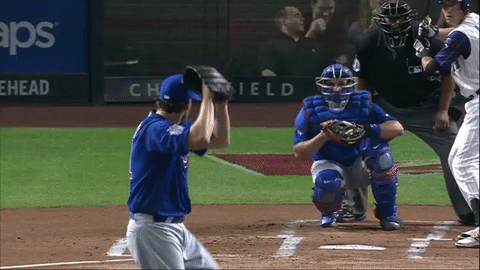
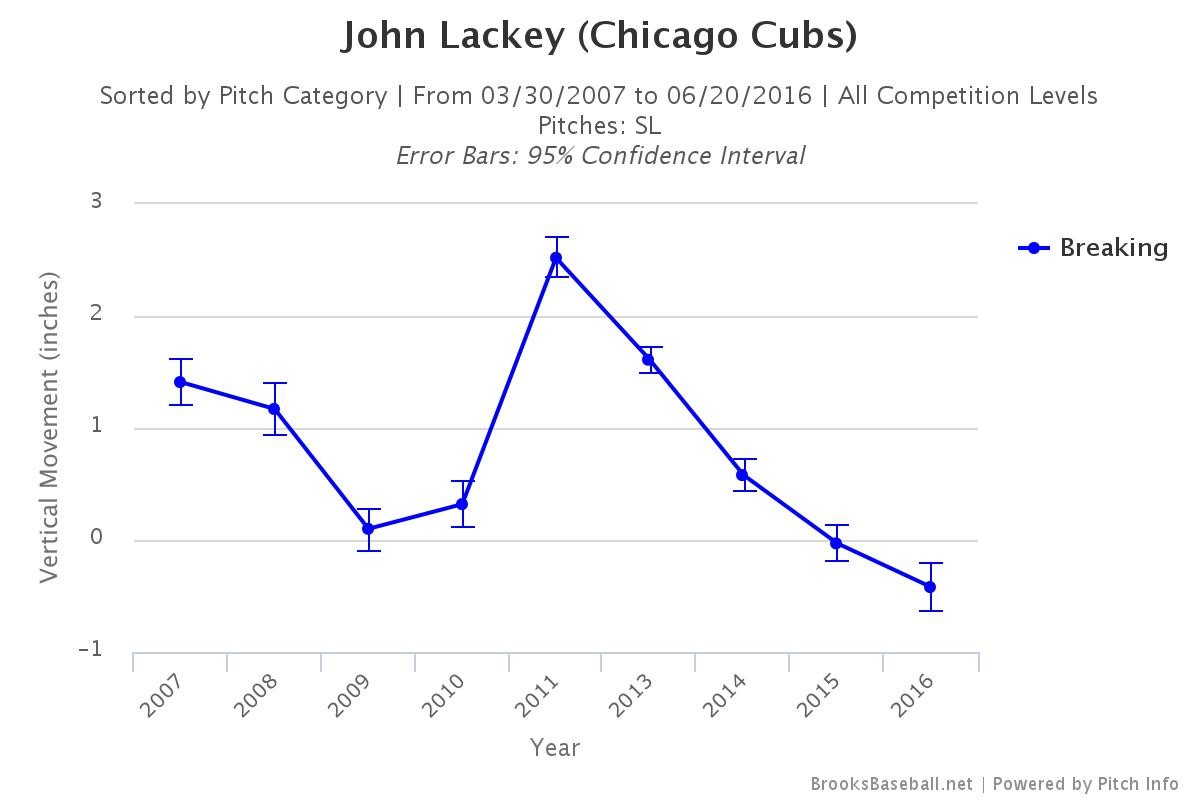
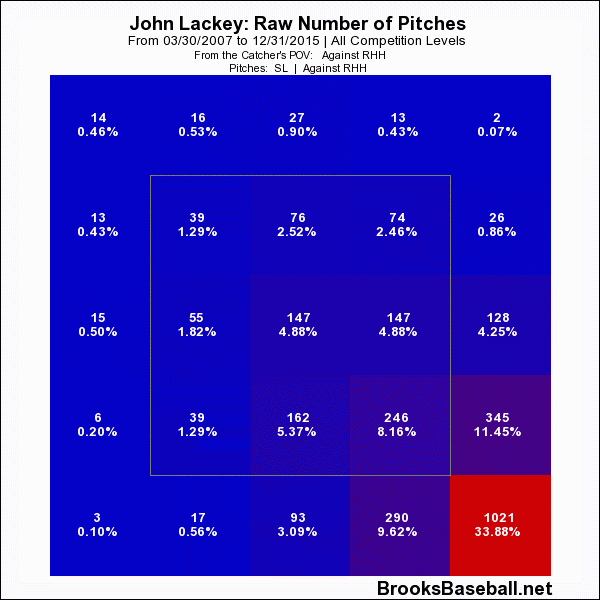

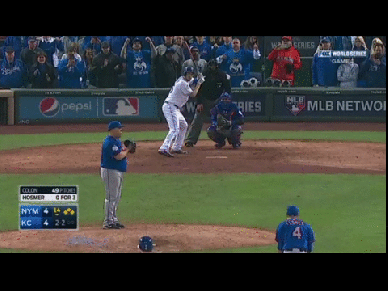
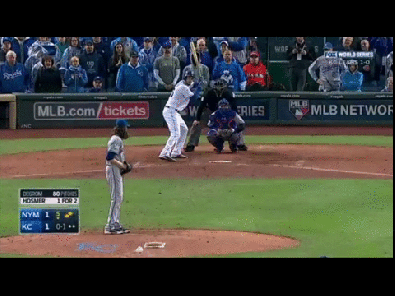
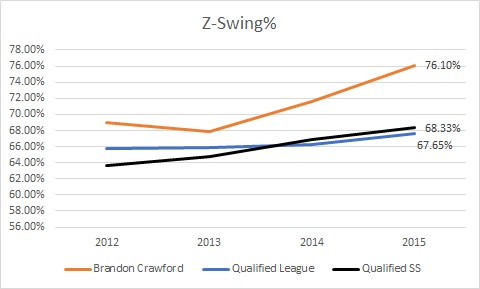
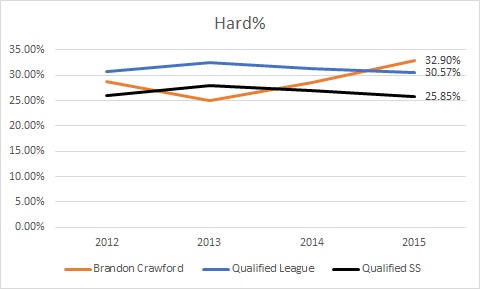
 (pearlswithplaid, pearlswithplaid.blogspot.com)
(pearlswithplaid, pearlswithplaid.blogspot.com)